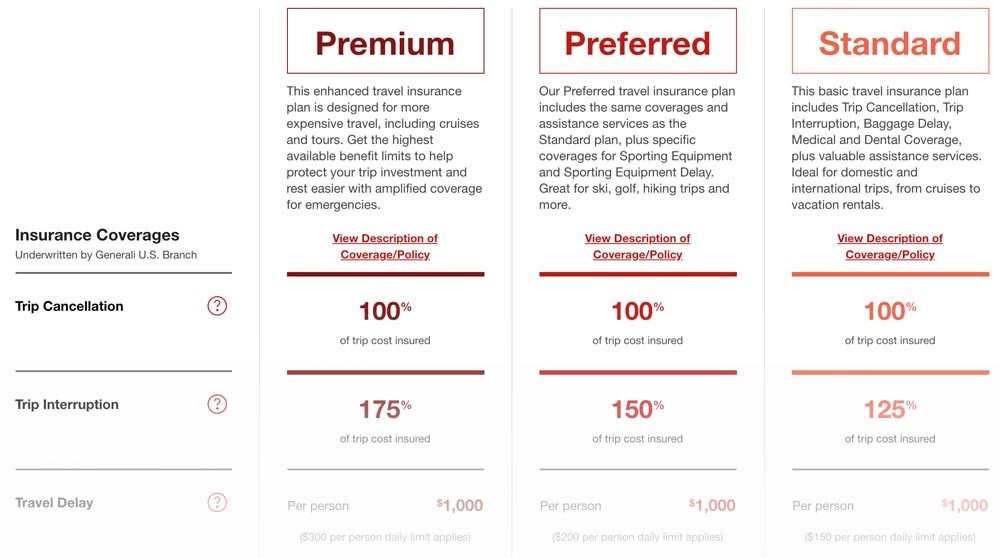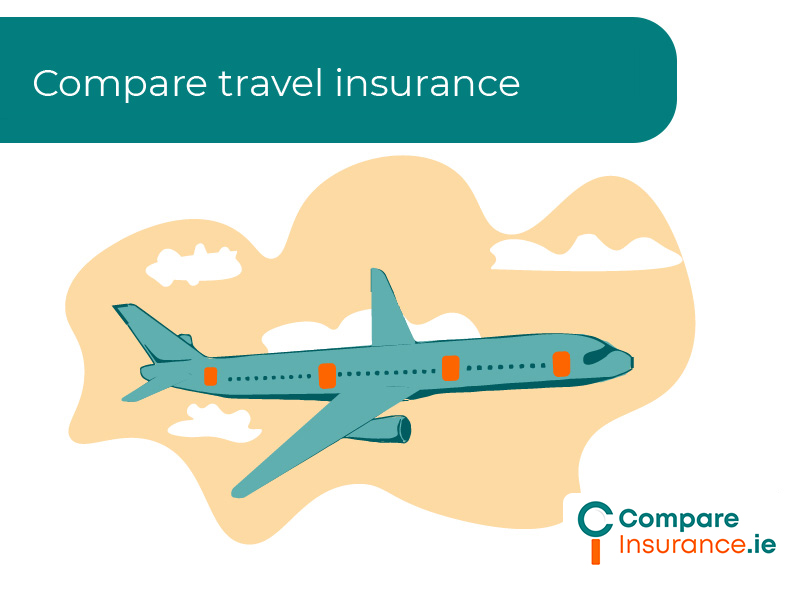Travel Insurance Comparison: How to Choose the Best Coverage for Your Trip
When it comes to planning a trip, one of the most important factors to consider is travel insurance. It provides financial protection in case of unforeseen events like medical emergencies, trip cancellations, or lost luggage. With so many options available, it can be overwhelming to decide which travel insurance plan suits your needs best.
This guide will walk you through the process of comparing different travel insurance plans, helping you make an informed decision to safeguard your next adventure.

Why is Travel Insurance Important?
Travel insurance is essential for peace of mind while traveling. From flight cancellations to emergency medical situations, it ensures that you’re protected against risks that could disrupt your trip.
1. Protection Against Trip Interruptions
Unexpected events such as natural disasters, political unrest, or personal emergencies can force you to cut your trip short. With trip interruption coverage, you can recover some of your expenses if you need to return home early.
2. Medical Emergencies Abroad
While you may be covered by your domestic health insurance, it might not extend to international travel. Travel medical insurance provides coverage for accidents or illnesses that require treatment while abroad.
- Key Point: Without adequate coverage, you may face expensive medical bills in foreign countries.
3. Lost or Delayed Luggage
Luggage issues are one of the most common travel problems. If your luggage gets lost or delayed, travel insurance can help reimburse you for lost items or the cost of purchasing essentials until your bags arrive.
- Tip: Be sure to read the fine print to understand what items are covered under lost luggage protection.

How to Compare Travel Insurance Plans
When comparing travel insurance options, you should consider several key factors to ensure you’re getting the coverage you need at a reasonable price.
1. Coverage Types
Different travel insurance policies offer different types of coverage. Look for plans that include:
- Trip cancellation and interruption coverage: This reimburses you for prepaid, non-refundable expenses if you need to cancel or cut your trip short.
- Emergency medical and evacuation: Provides coverage for hospital stays and medical evacuations, especially in case of serious illness or injury.
- Baggage and personal items protection: Reimburses you for lost or delayed luggage and stolen items.
When comparing these types of coverage, make sure to assess the limits and exclusions of each plan.
2. Policy Exclusions
Every policy has exclusions, which are conditions or circumstances that aren’t covered by the insurance. Common exclusions include:
- Pre-existing medical conditions
- Certain high-risk activities like extreme sports
- Travel to destinations with travel advisories in place
Make sure to read the policy exclusions carefully to avoid surprises during your trip.
3. Cost of the Plan
The cost of travel insurance can vary widely depending on the type of coverage, duration of travel, and destination. To get the best value, compare premium rates and ensure that the coverage aligns with your needs.
- Tip: Look for an affordable plan that offers the right balance of coverage for your travel needs.
4. Policy Limits
Policy limits refer to the maximum amount your insurance will pay out for a covered event. Make sure the limits are high enough to cover potential expenses.
- Example: A policy might offer $500 for lost baggage, but if you’re carrying expensive items, you might need a higher limit.

5. Customer Reviews and Reputation
A reputable insurance company with positive customer reviews is essential. Read customer feedback to understand the company’s responsiveness, claims process, and overall customer service.
- Tip: Websites like Trustpilot and Google Reviews can give you insight into other travelers’ experiences with an insurance provider.
Steps to Compare Travel Insurance Plans
1. Assess Your Travel Needs
Start by identifying the specifics of your trip. Consider factors like:
- Duration of travel
- Destination (domestic or international)
- Activities you plan to engage in
- The health risks associated with your trip
This will help narrow down your options and allow you to choose a plan with the appropriate coverage.
2. Get Multiple Quotes
Don’t settle for the first quote you receive. Use comparison websites to gather quotes from several providers and review the coverage options. Some reliable comparison sites include:
This will give you an idea of the range of options and allow you to choose the best value for your money.
3. Read the Fine Print
Policies often have exclusions and fine print that are easy to overlook. Be sure to review the full terms and conditions of the policy to understand what’s covered and what’s not.
- Tip: Focus on deductibles, coverage limits, and policy exclusions to avoid any unexpected surprises.
4. Purchase Your Insurance Early
It’s a good idea to purchase travel insurance soon after booking your trip. This ensures that you’re covered for any unexpected events that might occur before departure, such as trip cancellations due to illness.
Commonly Asked Questions (FAQs)
1. What’s the Best Travel Insurance Plan?
The best travel insurance plan depends on your individual needs. If you’re traveling internationally, consider a plan with emergency medical and evacuation coverage. For domestic trips, trip cancellation and baggage protection may be sufficient.
2. Does Travel Insurance Cover Trip Cancellations?
Yes, most travel insurance plans offer trip cancellation coverage. However, the cancellation must be for a covered reason, such as illness, injury, or natural disasters. Always check the terms and conditions for specifics.
3. Can I Buy Travel Insurance After Booking My Trip?
You can buy travel insurance at any time before your trip, but for trip cancellation coverage, it’s best to purchase the policy as soon as you book your trip. Some plans have time-sensitive clauses that require immediate coverage after booking.
4. How Much Does Travel Insurance Cost?
The cost of travel insurance depends on several factors, such as the length of your trip, destination, coverage types, and your age. On average, expect to pay about 4-10% of your trip cost for a good insurance plan.
5. Is Travel Insurance Worth It?
While travel insurance is an added expense, it’s worth considering, especially for international trips or high-cost vacations. It provides a safety net in case things go wrong, saving you from large, unexpected costs.

Conclusion
Comparing travel insurance plans may seem overwhelming, but it’s crucial to ensure that you’re properly protected during your trip. By considering your travel needs, comparing different plans, and understanding the policy details, you can select the best coverage for your adventure.
Remember to read the fine print, get multiple quotes, and choose a reputable provider. With the right travel insurance, you can travel with confidence, knowing that you’re covered in case of an emergency.
So, start comparing today and make sure you’re prepared for your next journey!
Related articles:
